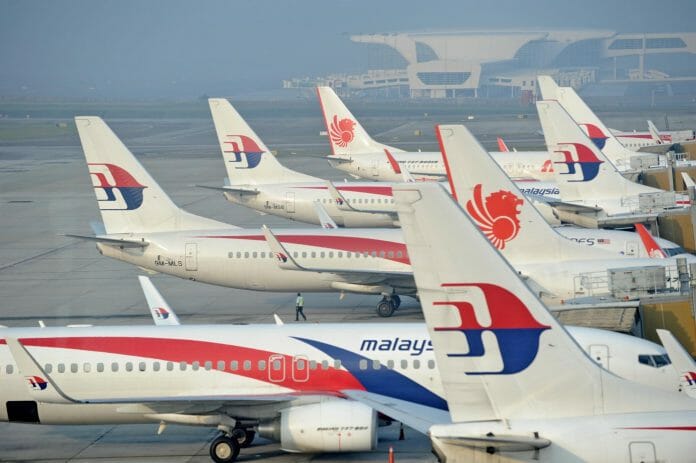The total travel demand for both corporate and leisure purposes is anticipated to exceed the annual travel capacity recorded in 2018 and 2019, that is according to FCM Consulting’s Q4-2023* Quarterly Global Trends Report, citing data from Cirium.
The report also pointed out a significant trend expected to persist into 2024: an increase in available seats alongside a reduction in the number of flights.
Specifically, for the first half of 2024, there is a forecasted rise of approximately 97.9 million seats, representing a 3.5 percent increase compared to H1-2019. However, during the same period, there is anticipated to be a decrease of around 2.1 million flights, marking a decline of 5.6 percent compared to H1-2019.
“This is a result of fleet configuration changes and shifts in schedules to meet the demand. When carefully planned, this will be favourable to airline operating costs, staffing, airport slots and airport costs,” said FCM Travel Southeast Asia, General Manager, Kenji Soh.
H1-2024 vs H1-2019:
Seats Flights Africa +11% +6% Middle East +7% +4% North America +7% -7% LATAM +6% -1% Asia +3% +1% Australasia = 0% -2% Europe -1% -8%
“Q4-2023 closed a milestone year, seeing corporate travel the busiest and least interrupted in over four years. Business travellers became more confident than in previous years and are planning trips in 2024 to both grow their business and connect with clients and colleagues,” Soh said.
“Across the top global corporate airlines, we forecast that the seats offered in 2024 will be two per cent above 2019 and the number of flights offered will be down six per cent.”
“American Airlines, Delta Airlines, United Airlines, China Southern Airlines, China Eastern Airlines, LATAM Airlines Group, Qatar Airways, Cathay Pacific, Singapore Airlines, and Virgin Atlantic Airways are all forecast to be back over 100 per cent in terms of seats offered when compared to five years ago.”
Chinese and Indian airlines are driving growth in Asia’s aviation sector. Forecasts indicate that the top Chinese airlines will offer 21 percent more seats in 2024 compared to 2019.
Singapore remains a top international destination from Shanghai, with economy class fares experiencing a robust increase of 9 percent from both Shanghai Hongqiao International Airport and Shanghai Pudong International Airport. Meanwhile, business class fares saw respective increases of 22 percent and 21 percent from these two airports.
Routes from Mumbai to London experienced a 25 percent increase in economy class fares and a 24 percent increase in fares from Mumbai to Delhi. Business class fares from Mumbai to London also rose by 13 percent.
In terms of accommodation, across all regions, average room rates increased in 2023 compared to 2022, with Asia witnessing the highest rise of USD 39 globally.
In Q4-2023, Singapore topped the list for the highest average room rate paid by corporate travelers per night at USD 296. This was followed by Hanoi at USD 201, Bangkok at USD 184, Manila at USD 174, Jakarta at USD 155, and Kuala Lumpur at USD 145.
“Kuala Lumpur witnessed the sharpest increase of 38 per cent in Q4-2023 as compared to Q3-2023, followed by Singapore at 11 per cent. Jakarta was up by just 1 per cent and Manila remained flat.”
“Despite the increased cost, all regions also saw a lift in occupancy levels year-on-year, with Mainland China – the last major nation to reopen its borders – leaping 34 per cent to have an occupancy rate of 65 per cent, Asia excluding China saw an increase of 17 per cent, and India saw an increase of 1.8 per cent to 70 per cent occupancy level in 2023,” added Soh.









